Categories
The latest content
-

Customs Clearance & Import Regulations for Bulk Iranian Pinto Beans in EU, Middle East & Africa
..
-
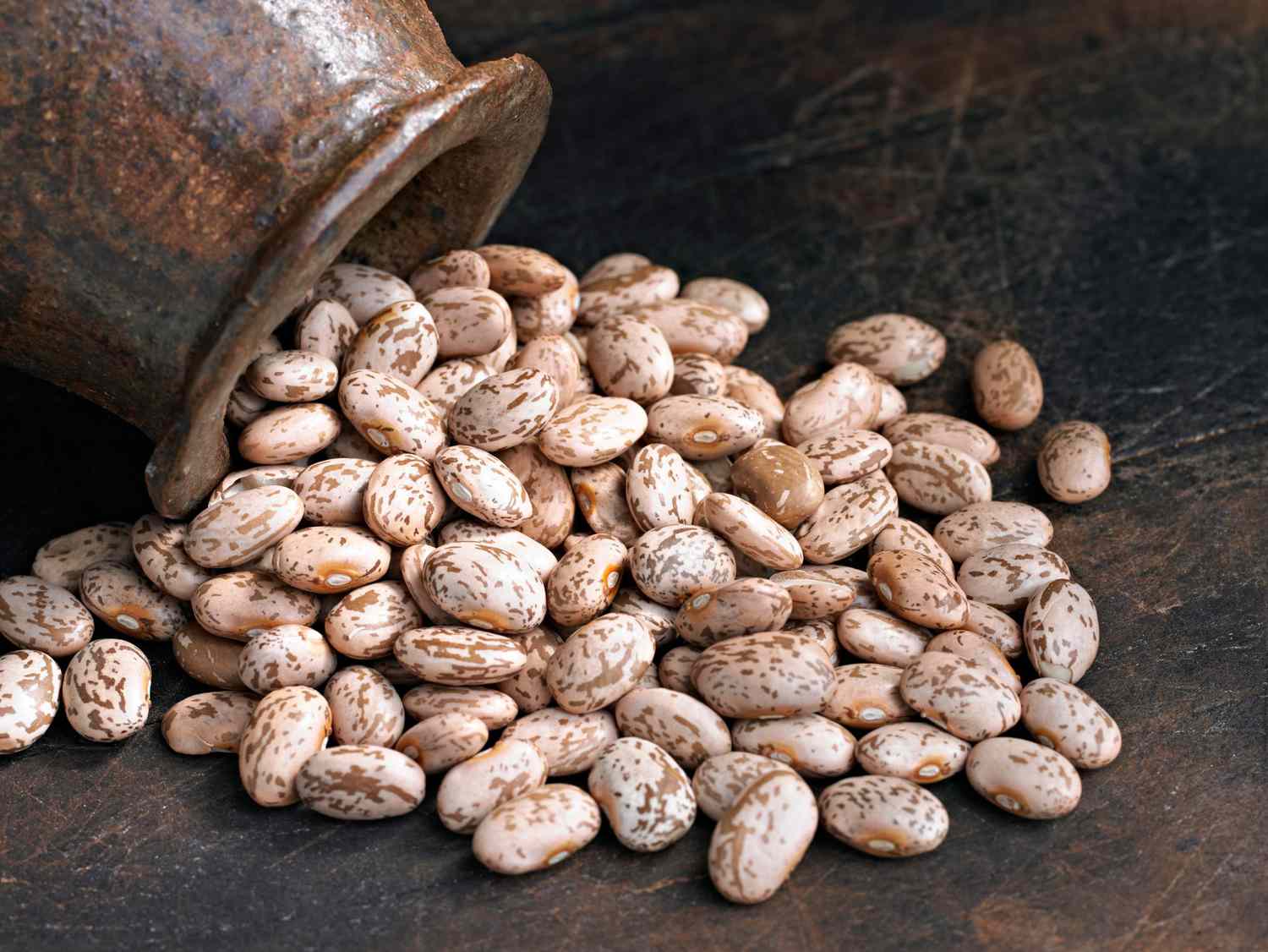
Quality Control & Laboratory Testing Standards for Iranian Pinto Beans
..
-
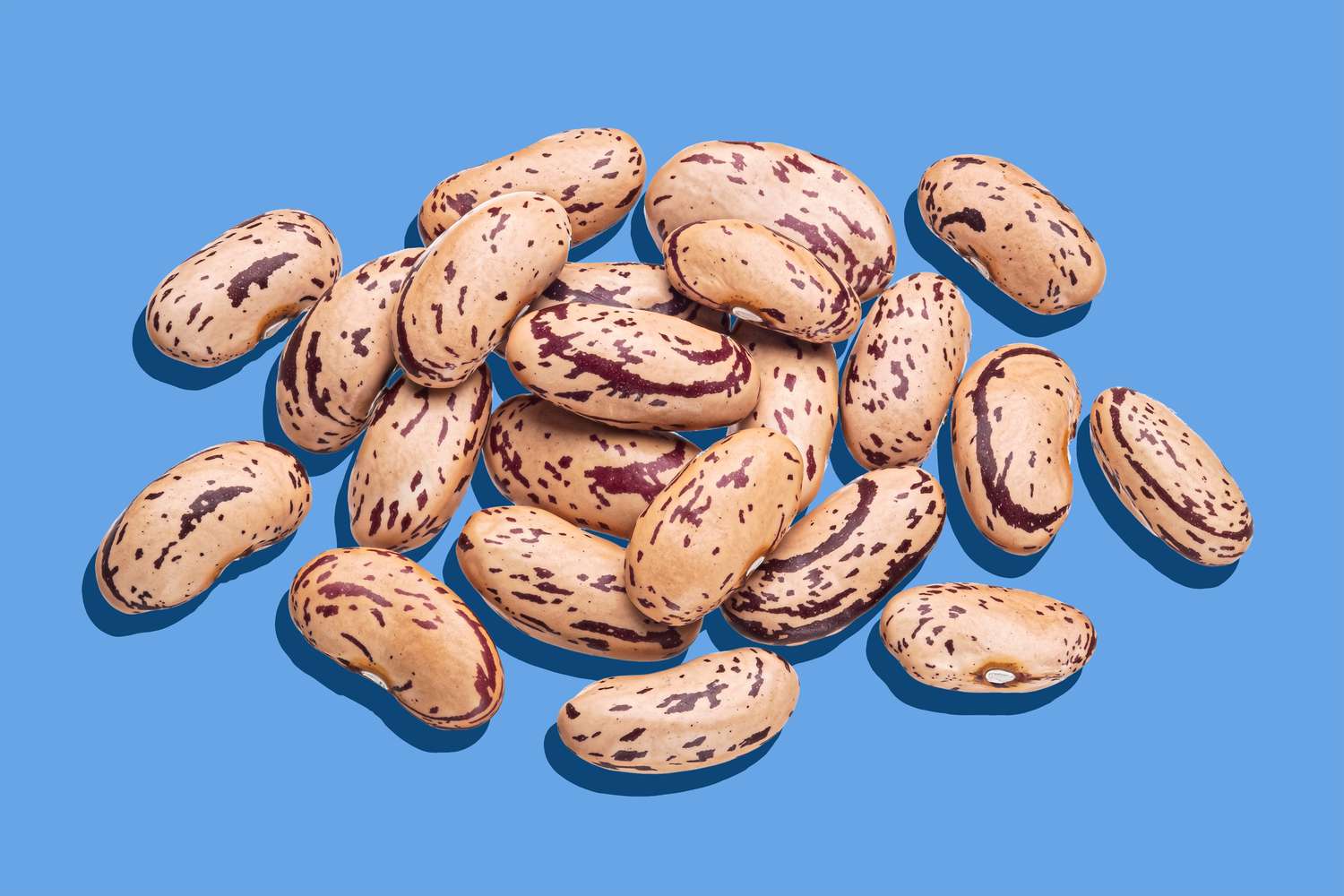
Logistics & Shipping Solutions for Bulk Iranian Pinto Bean Exports
..
-
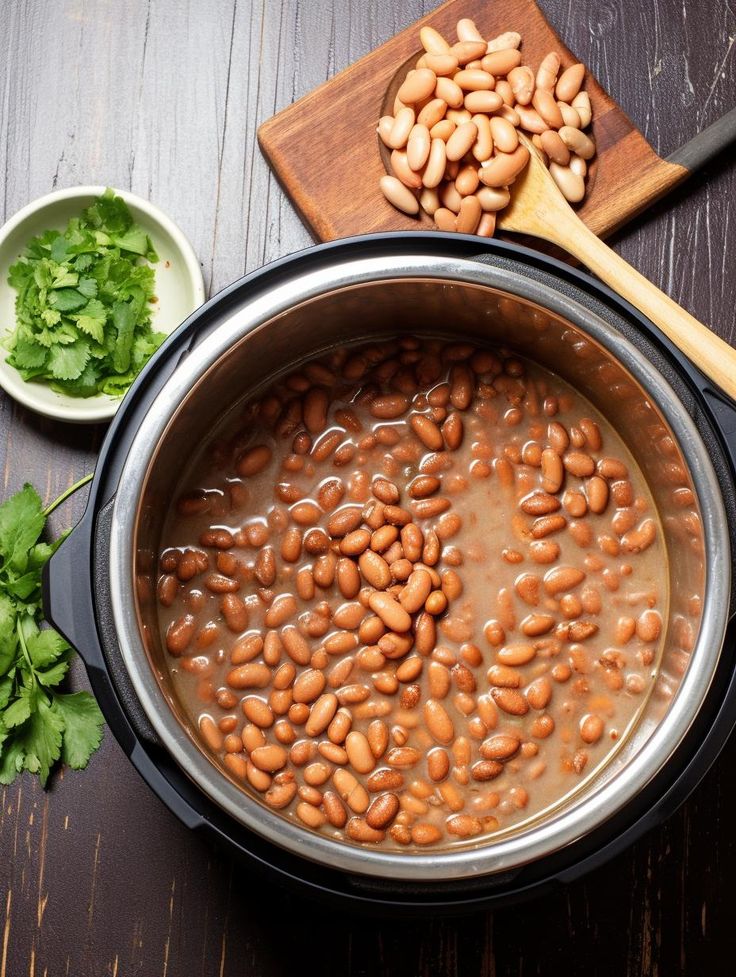
Minimum Order Quantity (MOQ) & Bulk Pricing for Iranian Pinto Bean Buyers
..
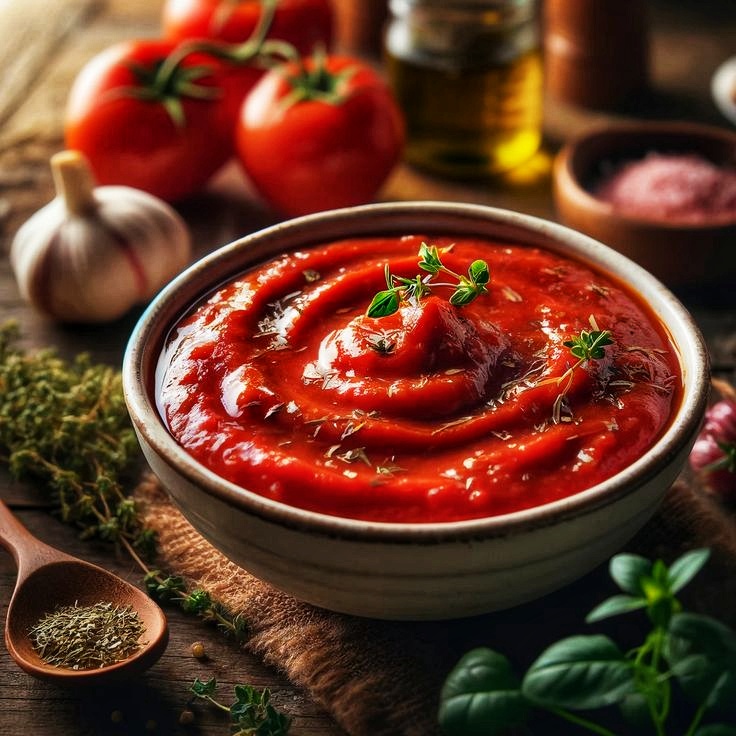
Tags
Gilan: The Lush Cradle of Iranian Tea
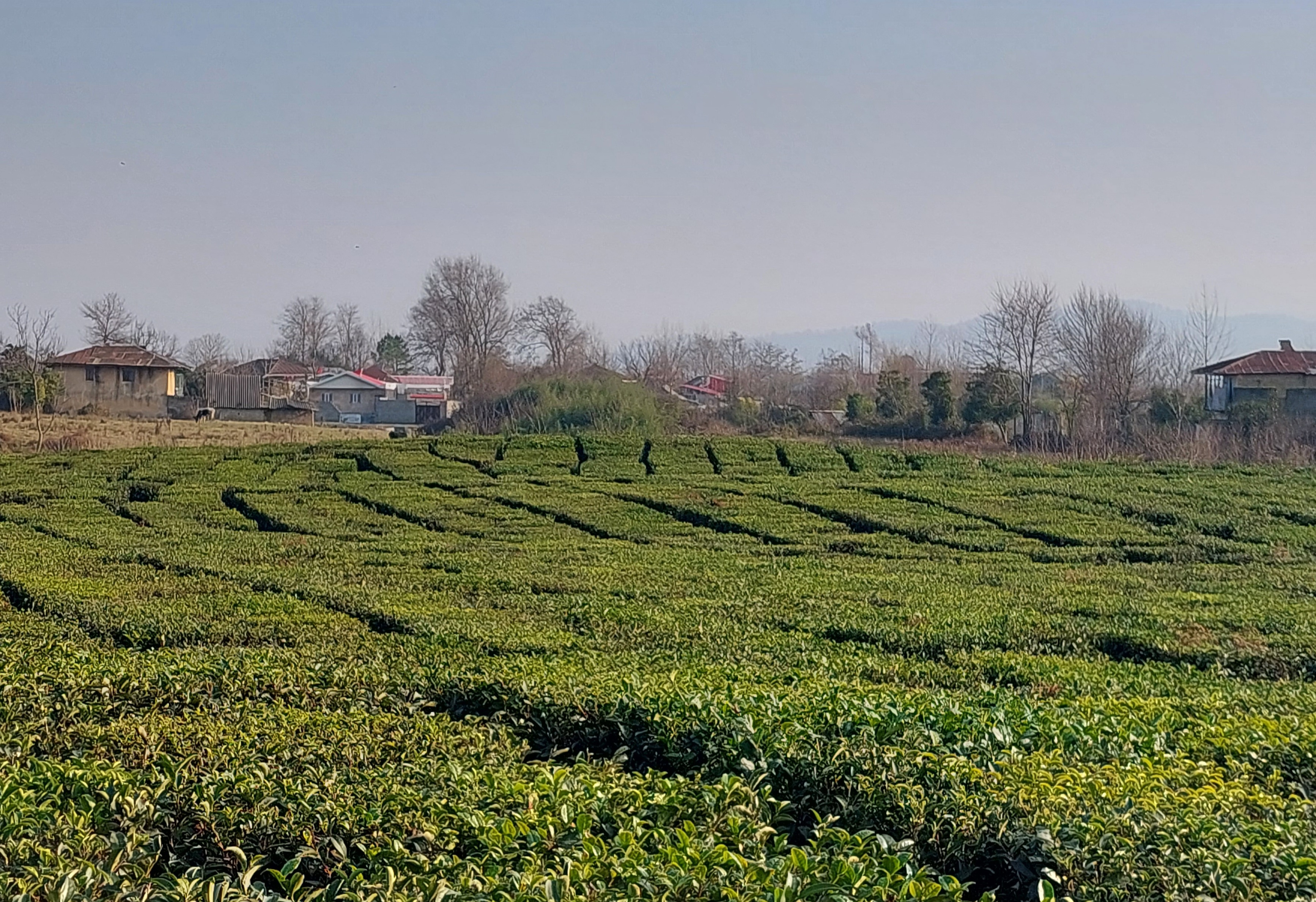
Nestled between the Alborz Mountains and the Caspian Sea, Gilan Province in northern Iran boasts a unique climate that has made it the heartland of Iranian tea cultivation. For generations, the verdant slopes of Gilan have been adorned with tea gardens, creating a picturesque landscape and a thriving agricultural tradition.
A Legacy of Tea Farming
Tea cultivation in Gilan dates back to the late 19th century when seeds were first introduced from India. The region’s favorable conditions allowed tea farming to flourish, and it has since become an integral part of Gilan’s cultural and economic identity. Family-owned tea farms dot the landscape, often passed down through generations, preserving traditional farming practices.
Ideal Growing Conditions
Gilan’s unique climate provides the perfect environment for tea cultivation:
• Moderate Temperatures: The region experiences mild temperatures throughout the year, avoiding extreme heat or harsh winters.
• Abundant Rainfall: High levels of rainfall, particularly during the growing season, provide the necessary moisture for tea bushes to thrive.
• Humid Air: The proximity to the Caspian Sea ensures consistently high humidity levels, which are crucial for tea leaf development.
• Slightly Acidic Soil: The region’s soil composition, which is slightly acidic, is well-suited for tea cultivation.
The Tea Production Process
Tea production in Gilan follows a meticulous process, blending traditional techniques with modern innovations:
1. Harvesting: Tea leaves are typically harvested by hand, usually during the spring and summer months. Skilled tea pickers carefully select the youngest and most tender leaves, ensuring optimal flavor and quality.
2. Withering: The freshly harvested leaves are spread out in a well-ventilated area to reduce moisture content. This withering process softens the leaves and prepares them for the next stage.
3. Rolling: The withered leaves are then rolled, either manually or mechanically, to break the cell walls and release essential oils and enzymes. This process is crucial for developing the tea’s characteristic flavor and aroma.
4. Oxidation: The rolled leaves are spread out in a cool, humid environment to undergo oxidation (also known as fermentation). This process determines the tea’s color and flavor profile. The longer the oxidation, the darker and stronger the tea.
5. Drying: Finally, the oxidized leaves are dried in ovens to reduce moisture content and prevent spoilage. The drying process also helps to fix the tea’s flavor and aroma.
6. Sorting: The dried tea is then sorted into different grades based on leaf size and quality.
Variety Highlights
Gilan produces primarily black tea, which is known for its robust flavor and reddish-brown color. However, smaller quantities of green tea and white tea are also produced. Some notable varieties include:
• Siahkal Tea: Known for its strong, malty flavor.
• Lahijan Tea: A milder, more aromatic tea.
• Fuman Tea: A robust tea with a slightly smoky note.
A Taste of Gilan
Iranian tea from Gilan Province offers a unique and flavorful experience, reflecting the region’s rich agricultural heritage. Whether enjoyed hot or iced, this tea provides a delightful glimpse into the culture and traditions of northern Iran. By supporting Gilan’s tea farmers, you’re not just enjoying a delicious beverage, but also contributing to the preservation of a valuable cultural legacy.



